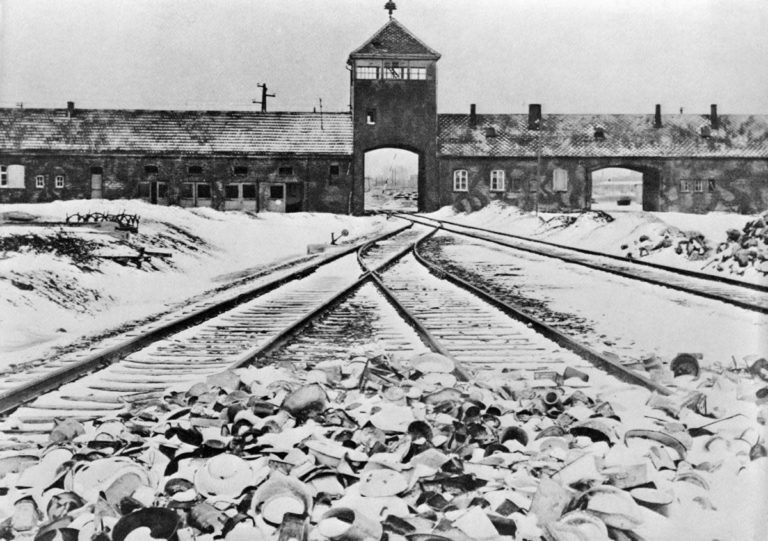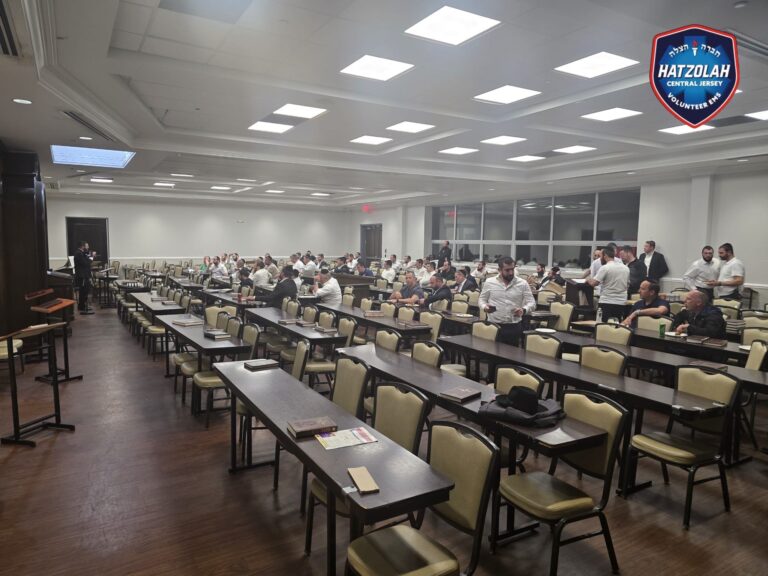 A major push is on to move New York City’s electrical infrastructure to higher ground or upper floors after Superstorm Sandy sent seawater pouring into low-lying substations and skyscraper basements and plunged half of Manhattan into darkness for four days.
A major push is on to move New York City’s electrical infrastructure to higher ground or upper floors after Superstorm Sandy sent seawater pouring into low-lying substations and skyscraper basements and plunged half of Manhattan into darkness for four days.
The effort, likely to be enormously costly, will center partly on two old weaknesses brought into sharp relief by the surge: power distribution stations built just yards from the water’s edge, and electrical components located in vulnerable basements.
Ever since Thomas Edison built the world’s first central power station in a Manhattan seaport district in 1882, central elements of the island’s electrical infrastructure have been located along the waterfront. Ten of Con Edison’s 101 transmission and distribution substations sit in flood zones.
And in skyscrapers built within a fisherman’s cast of the sea, transformers, circuit panels and other electrical components are almost always in the basement, where they are sitting ducks in any flood. About 250 big buildings suffered enough damage to their basement-level electrical systems during the storm to knock the power out for weeks. Nearly 40 remained without power this week.
Moving all that equipment isn’t going to be cheap. Consolidated Edison, the city’s main power utility, made a preliminary estimate that it would cost $800 million to rebuild its flood-zone substations in a way that would put sensitive equipment out of the water’s reach in a storm like Sandy.
Reconfiguring the city’s high-rises to move electrical equipment out of vulnerable basement areas will cost many millions of dollars more, and that’s just in construction costs. Building owners will also lose large amounts of revenue when rentable floors are converted into mechanical space.
In the past, maybe all of those costs would have been considered prohibitive, but Sandy — coming on top of years of warnings about global warming and the threat of rising seas — changed a lot of minds.
Gov. Andrew Cuomo recently asked Congress for $2.7 billion to help pay for statewide improvements in energy infrastructure.
Numerous skyscraper owners in the financial district and other waterfront areas have already begun moving as much electrical infrastructure as they can out of basements to avoid a repeat of the damage, said Steven Spinola, president of the Real Estate Board of New York.
“It’s not even a question anymore,” he said.
Yes, the lost rent revenue will hurt, Spinola said. But not as much as having a building knocked out of service and tenants with hundreds of employees displaced for weeks or months.
“There is no doubt in anyone’s mind that I have spoken to,” Spinola said. “They don’t want to have to go through this again.”
There is also already talk, he said, about changing building codes and zoning rules in ways that might make it easier to move certain equipment all the way to the roof, in buildings where there is now insufficient space on lower floors.
Richard Lambeck, a clinical associate professor in construction methods and technology at the NYU Schack Institute of Real Estate, said there might be ways to design watertight vaults for electrical transformers, although he noted that encasing that equipment would pose a ventilation challenge.
Engineers at Con Ed began examining the system’s vulnerability almost immediately after the crisis phase of the recovery began to wane, Miksad said.
Even before the storm, the utility had resolved that any new substations would be elevated enough to be untouched in either a Category 2 hurricane or the type of flood the Federal Emergency Management Agency expects to occur only once every 100 years.
It isn’t clear yet whether older stations in flood zones should be rebuilt to also raise them out of the flood zone, said John Miksad, Con Ed’s vice president of electric operations.
The utility is still studying the issue. But even if they are not, some key components could be raised on platforms, or surrounded by higher flood barriers to offer better protection.
In one of the more dramatic developments of the storm, the flood barriers at a key substation on the East River proved to be a few feet too short. Water cascaded into the station, causing an electrical arc that lit up the sky and plunged a huge part of Manhattan into darkness.
Meanwhile, the equipment in a new substation built on the ground level of 7 World Trade Center, one of the towers reconstructed after the 9/11 attacks, sat just high enough to stay mostly dry. That allowed the lights in Manhattan’s waterfront Battery Park City neighborhood to stay on, while streets for miles around were dark.
Con Ed pledged Thursday to spend at least $250 million on short-term improvements at its facilities, such as installing better flood barriers and pumps.
The utility is also looking at reconfiguring its electrical networks so neighborhoods in flood zones can be isolated from the rest of the city, Miksad said. That would prevent flood-related blackouts from extending to dry sections of town, as they did during Sandy.
Much of New York’s power distribution system is already underground, sealed off in cables designed to be fully submersible. The bigger problem in major storms is usually the overhead wires that still serve the more suburban and coastal sections of the city.
City officials have talked for years about burying those lines to protect them from the wind, but Miksad said Con Ed estimated the citywide cost at $60 billion.
Huge swaths of Long Island and New Jersey also lost power during the storm, due to the vulnerability of overhead power lines, but there has been little serious discussion of burying them in either state due to the high cost.
Other types of upgrades, though, are getting a closer look.
The New Jersey utility PSE&G is evaluating whether it can build better flood defenses into substations in tidal areas. Of the 294 switching stations and substations on its system, 108 were affected by the storm surge, with some taking on four to eight feet of water, according to the company.
The utility says it also might be able to shorten the duration of outages by installing “smart meters” that can pinpoint which customers have lost power. Right now, it relies on phone reports. Installing the meters just in PSE&G’s coverage area could cost $600 million, which has caused some ratepayer advocates to question whether they would be worth the expense.
New York Mayor Michael Bloomberg said in a speech Thursday that his administration would independently assess what it would take to make the electrical system, and other vital networks — such as natural gas, phone and cable — capable of withstanding at least a Category 2 hurricane.
“No matter what we do, the tides will continue to come in, and so we have to make our city more resilient in other ways, especially when it comes to our critical infrastructure,” he said.
But he also noted that the city’s resources for those modernization projects aren’t unlimited.
“We have to live in the real world and make tough decisions based on the costs and benefits of risk-avoidance investments,” Bloomberg said. “Saying we’re going to spend whatever it takes just is not realistic.”
(AP)










